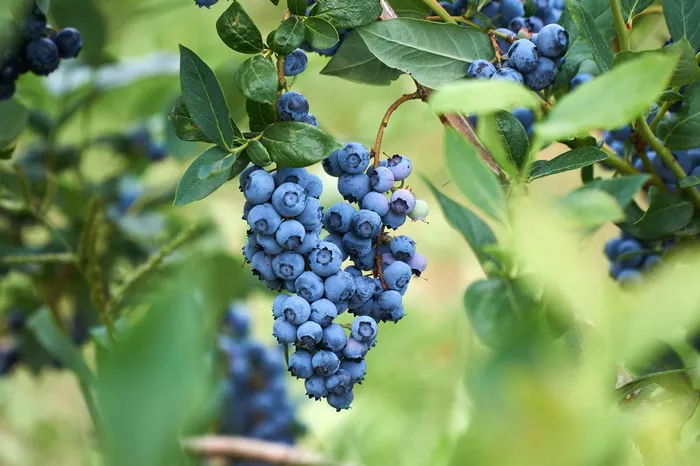Growing fruit-bearing plants can be rewarding but often requires significant effort. While some plants need extensive pruning, fertilizing, and pest control, blueberries stand out as an exception. They are easy to grow and require minimal pesticides, making them perfect for organic gardeners.
Blueberries thrive in acidic, well-drained, sandy soils with a pH of around 4.8. Before planting, test the soil and add sulfur if needed to achieve the right acidity. Incorporate compost or organic matter to retain water and nutrients. In areas with poor drainage, create a raised mound or ridge at least six inches high using organic matter to ensure proper drainage. Although blueberries can grow in sun or shade, they produce more fruit in full sun. They require less pruning compared to other fruit plants like grapes, apples, or peaches.
In eastern North Carolina, both rabbiteye and highbush blueberries are suitable, with rabbiteyes being more heat-tolerant and adaptable to various soil types. Recommended rabbiteye varieties include Climax, Premier, and Powderblue, while O’Neal, Duke, and Legacy are good highbush options. Although not all blueberries need a cross-pollinator, many varieties yield better when grown with other types. Planting several varieties can also extend the harvest season. Space highbush varieties four feet apart and rabbiteyes six feet apart.
Besides their tasty fruit, blueberries add aesthetic value to landscapes. They start with pinkish-white blooms in spring, followed by bright blue fruit in summer, and finish with vivid red foliage in fall, offering more color than many traditional ornamental plants. For a few plants, they can be integrated into landscape beds with other acid-loving plants, without needing a separate space unless planting a large number.
Pruning blueberries is less intensive than for other fruit plants but still necessary for optimal production. Some gardeners over-prune, removing productive wood, while others under-prune, allowing old, less productive growth to dominate. A balanced approach of thinning, heading back cuts, and occasional removal of older branches for rejuvenation is best for maintaining healthy blueberry bushes.


